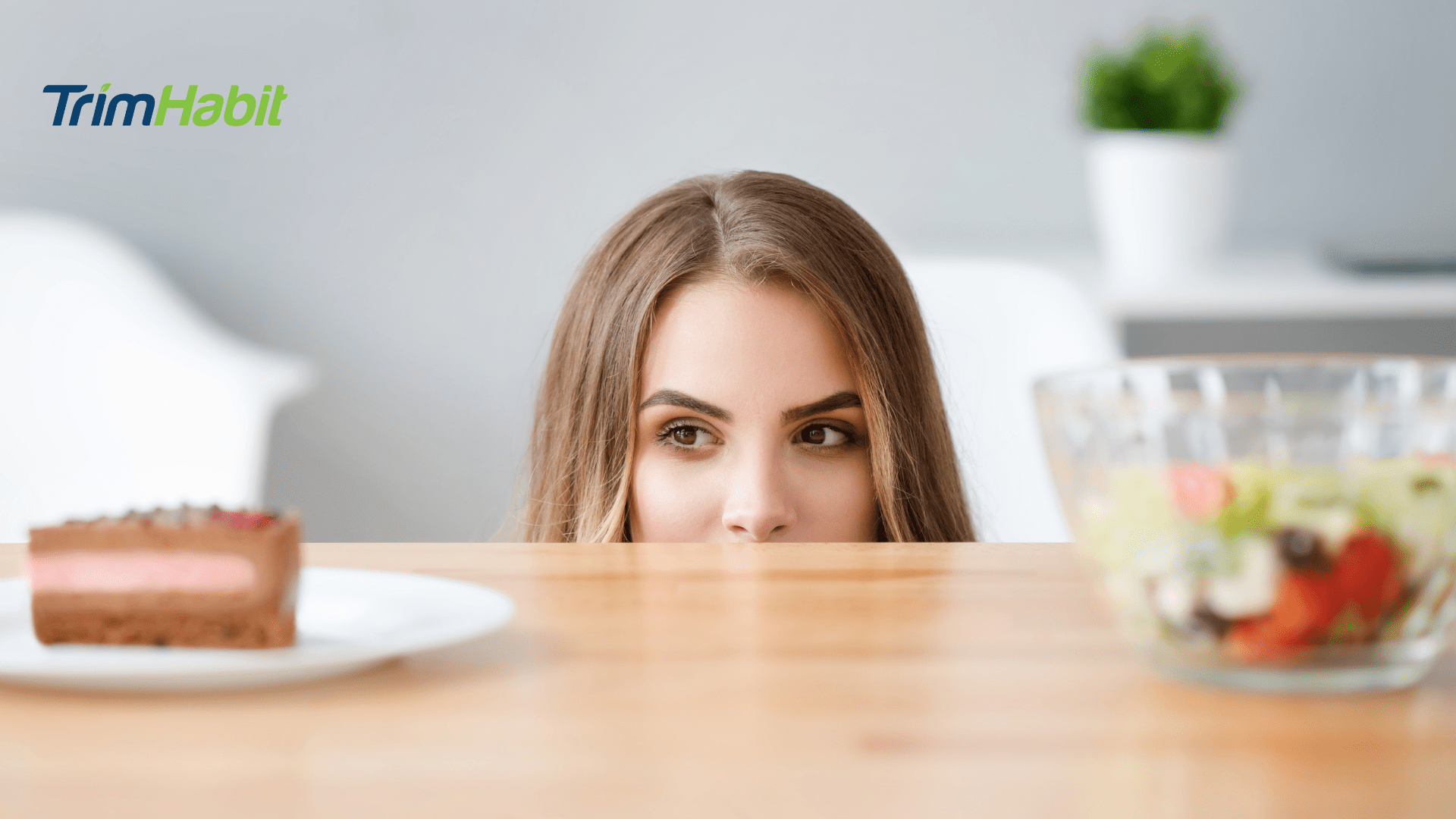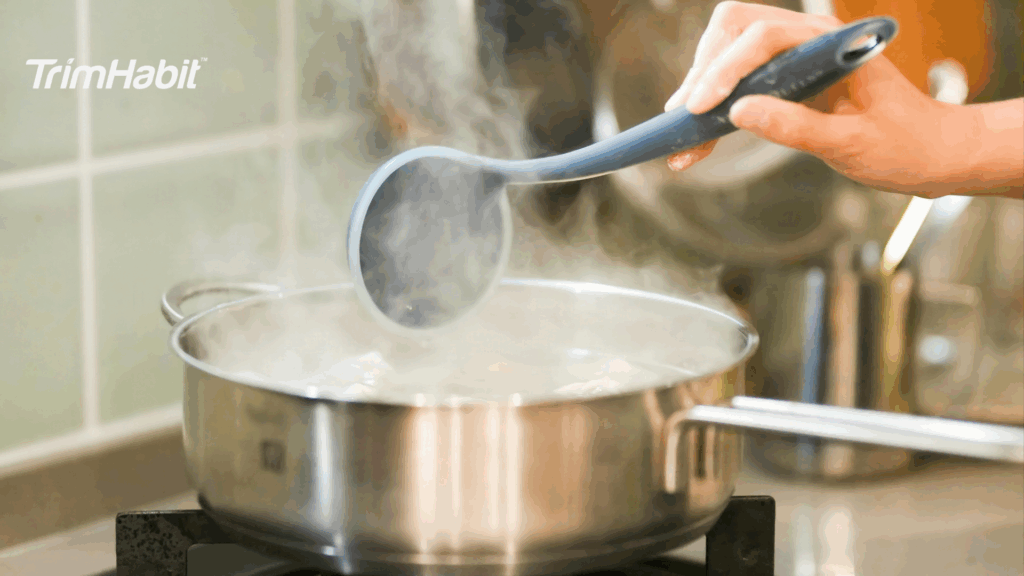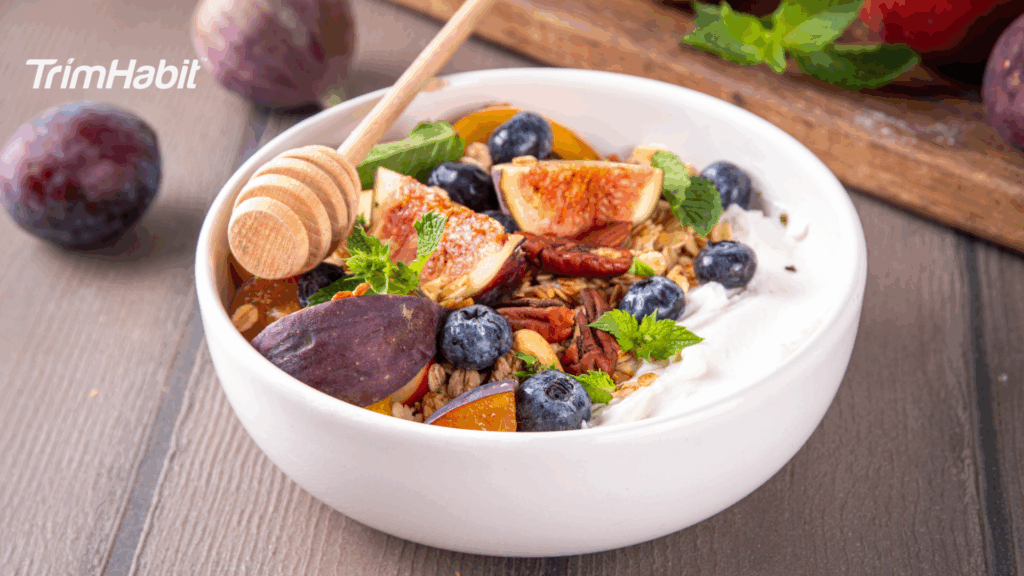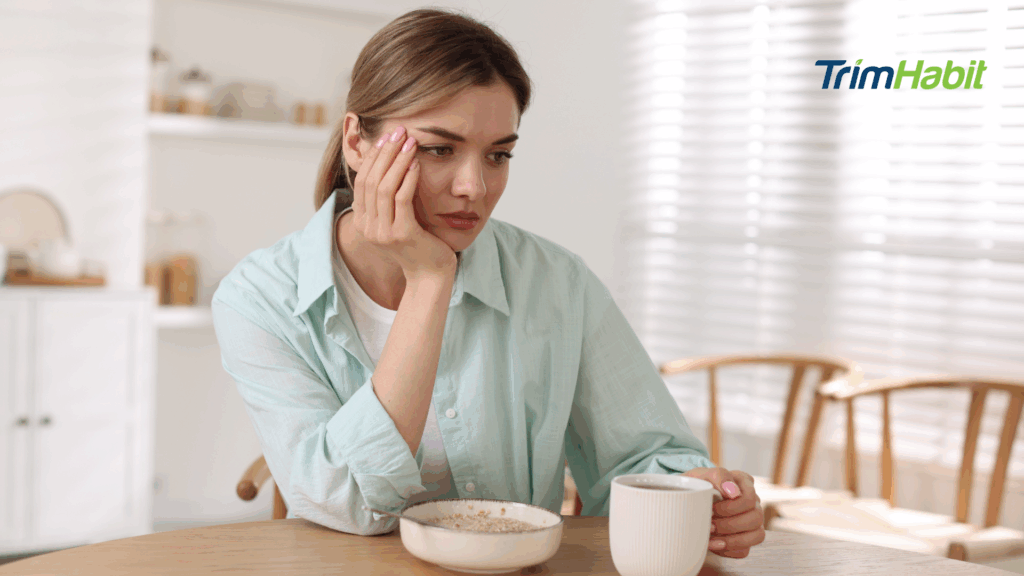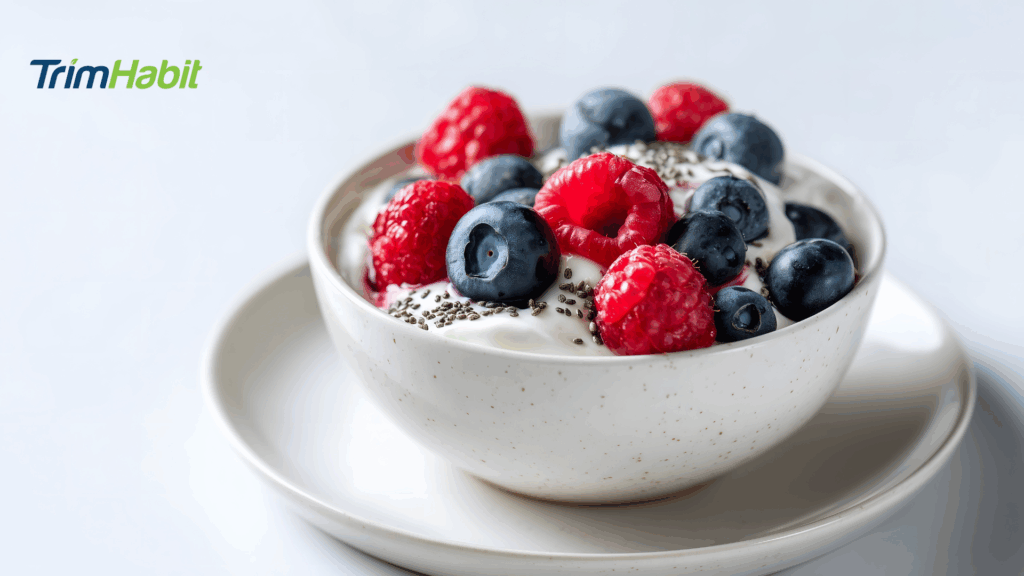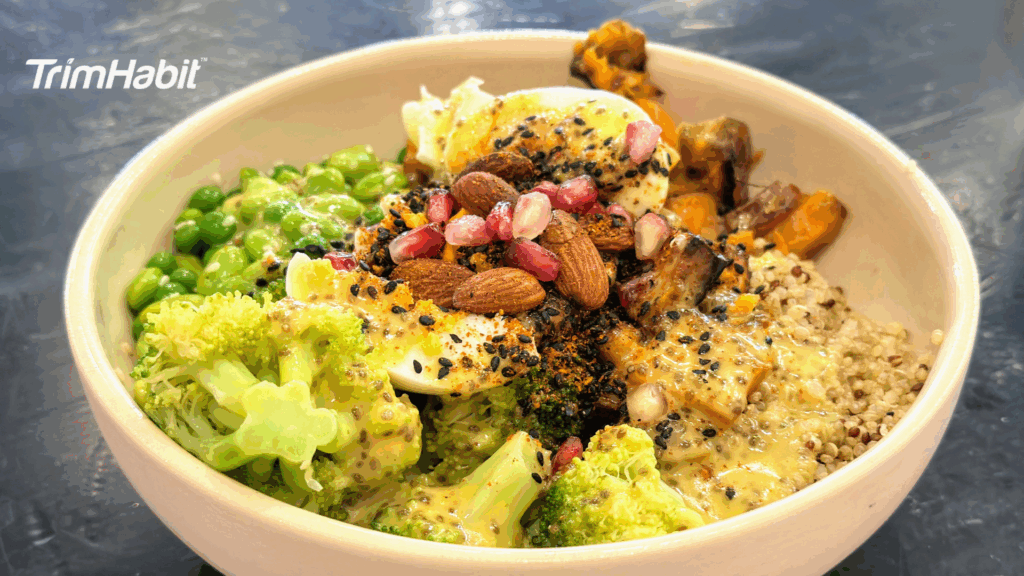Nausea is one of the most common side effects for people taking semaglutide, especially in the early stages of treatment or during dose adjustments. While this can be uncomfortable, choosing the right foods—and avoiding the wrong ones—can significantly ease symptoms.
Knowing what to eat to avoid nausea on semaglutide can make a big difference in how you feel each day. The goal is to keep meals simple, light, and easy to digest while maintaining balanced nutrition.
Overview Of Semaglutide
Semaglutide is a medication used to manage type 2 diabetes and obesity. It belongs to a class of drugs known as GLP-1 receptor agonists (glucagon-like peptide-1). These drugs mimic a hormone that helps regulate blood sugar, insulin, and appetite1.
Brand Names
- Ozempic – for type 2 diabetes
- Wegovy – for chronic weight management
- Rybelsus – oral form for type 2 diabetes
How It Works
- Stimulates insulin secretion when blood sugar levels are high
- Suppresses glucagon release, which reduces glucose production by the liver
- Slows gastric emptying, making you feel fuller for longer
- Reduces appetite, contributing to weight loss
Uses
- Type 2 diabetes management (as monotherapy or with other antidiabetics)
- Weight loss/obesity treatment (approved for individuals with a BMI ≥30 or ≥27 with weight-related conditions)
- Sometimes studied off-label for cardiovascular risk reduction2
Benefits
- Improved blood sugar control
- Significant weight loss, especially with Wegovy
- Potential cardiovascular benefits (e.g., lowering risk of heart attack or stroke)
Side Effects
Common:
- Nausea
- Vomiting
- Diarrhea
- Constipation
- Decreased appetite
Serious (but rare):
- Pancreatitis
- Gallbladder problems
- Kidney issues
Why Semaglutide Causes Nausea
Semaglutide often causes nausea because it slows digestion and alters appetite signals in the brain. This side effect is most common during the early stages of treatment or after dose increases, but it typically improves as the body adapts. Here’s a quick look at why this happens:
Mechanism Behind Nausea
1. Slows Gastric Emptying
Semaglutide slows down how quickly food leaves the stomach (a process called gastric emptying).
- This helps you feel full longer but can lead to a sensation of bloating or discomfort.
- When food lingers in the stomach, it can trigger nausea or indigestion, especially if large or fatty meals are eaten.
2. Acts on the Brain’s Appetite Centers
Semaglutide mimics GLP-1, a natural hormone that influences areas in the brainstem (especially the area postrema) involved in appetite and nausea.
- This area is also a trigger zone for vomiting, so stimulating it can lead to queasiness.
3. Hormonal and Digestive Adjustment
The body adjusts to increased GLP-1 activity, which alters digestion, insulin regulation, and hunger cues.
- In the early stages of treatment, these rapid changes can overwhelm the system and cause temporary nausea.
Who’s More Likely to Feel Nauseous?
- People starting at a higher dose right away
- Those who increase the dose too quickly
- Individuals who eat heavy, greasy, or large meals
- People with sensitive stomachs or pre-existing GI conditions
What To Eat To Avoid Nausea On Semaglutide
When taking Semaglutide, the goal is to choose low-fat foods that are gentle on the stomach, promote digestive comfort, and minimize nausea. Here’s a guide to what you should eat to help avoid nausea:
1. Bland, Easy-to-Digest Foods
Opt for simple foods that are easy on the stomach and don’t cause irritation.
- Plain crackers (such as saltines)
- Rice (white or brown)
- Toast or plain bread
- Boiled or baked potatoes (without butter or heavy seasoning)
- Oatmeal (made with water or a small amount of milk)
- Plain pasta (avoid creamy sauces or cheese-heavy dishes)
2. Lean Proteins
Lean proteins are lighter on the stomach and less likely to cause discomfort.
- Chicken (grilled, baked, or boiled)
- Turkey
- Fish (like cod, salmon, or tilapia)
- Eggs (scrambled, boiled, or poached)
- Tofu (for plant-based options)
3. Steamed or Cooked Vegetables
Raw vegetables can be harder to digest, so cook them to make them gentler on your stomach.
- Carrots
- Zucchini
- Spinach
- Squash
- Green beans
4. Non-Citrusy Fruits
Some fruits can irritate the stomach, especially acidic ones like citrus. Stick with mild fruits that are less likely to cause discomfort.
- Bananas (easy on the stomach)
- Apples (peeled or cooked)
- Pears (peeled if necessary)
- Cantaloupe
- Watermelon
5. Hydrating Liquids
Staying hydrated is essential, but drinking too much liquid at once can exacerbate nausea. Sip slowly and in small amounts.
- Water (room temperature or chilled)
- Herbal teas (ginger or peppermint, which are known to calm the stomach)
- Clear broths (chicken, beef, or vegetable)
- Electrolyte drinks (like coconut water, avoiding those with high sugar content)
6. Ginger and Peppermint
Both ginger and peppermint are known for their natural anti-nausea properties, so consider incorporating them into your meals or beverages.
- Ginger tea
- Ginger candies or chews
- Peppermint tea or peppermint lozenges
7. Small, Frequent Meals
Large meals can be overwhelming and may trigger nausea. Eat smaller portions more often throughout the day to avoid overloading your digestive system.
- 5-6 smaller meals per day instead of 3 large ones
- Avoid overeating—aim to stop eating before feeling full or stuffed
8. Avoid Fatty, Greasy, or Fried Foods
These foods take longer to digest and may worsen nausea.
- Skip fried foods, greasy burgers, or rich, creamy dishes like heavy pasta sauces.
- Limit full-fat dairy (cheese, cream, or butter).
9. Avoid Spicy or Strongly Flavored Foods
Spicy, overly salty, or strongly flavored foods can irritate the stomach and worsen nausea.
- Mildly seasoned dishes are best, such as using simple herbs (like basil, parsley, or thyme) instead of hot spices.
- Avoid dishes with excessive chili, hot sauces, or strong seasonings.
Timing And Portion Considerations
When managing nausea while on Semaglutide, your meals’ timing and portion sizes can be crucial in minimizing discomfort. Here are some key considerations:
1. Meal Timing
Avoid Eating Right Before Bed
- Eating too close to bedtime can make digestion harder and may worsen nausea. Try to finish eating at least 2–3 hours before lying down.
- Lying down right after a meal can also promote acid reflux, leading to further discomfort.
Morning and Evening Considerations
- If you find that nausea is worse in the morning, try eating a small, easy-to-digest breakfast like oatmeal or toast as soon as you wake up. This can help settle your stomach and reduce nausea for the day ahead.
- In the evening, if nausea increases after your evening dose, opt for light, bland foods (like broth or plain crackers) to ease discomfort.
2. Portion Size
Start with Smaller Portions
- Large portions can trigger nausea, especially when you’re adjusting to Semaglutide. Aim for smaller portions and slowly increase your intake as your body adjusts.
- If you feel full or nauseous after a meal, it’s okay to stop eating and try again later with a smaller serving.
Slow Eating and Chewing
- Eating too quickly can contribute to bloating and indigestion. Take small bites, chew thoroughly, and eat slowly. This will help your stomach process food more efficiently and reduce nausea.
- Try setting a timer to ensure you’re eating at a slower pace.
Avoid Overeating
- Even if you’re hungry, be mindful of portion sizes. Overeating can overwhelm the digestive system and increase the likelihood of nausea.
- Stick to portions that satisfy you, but not overly full.
3. Special Timing Considerations for Semaglutide
Injection Timing
- Semaglutide is typically injected once a week, and you should aim to inject it at a time that fits well with your schedule. Some people find that injecting it at night allows them to sleep through any early side effects like nausea, while others prefer to inject in the morning.
Adjust to Your Body’s Response
- If nausea tends to peak after your injection, consider adjusting your meal timing. You may find it helpful to eat lighter meals after the injection and gradually increase meal size as you feel more comfortable.
- Pay attention to how your body responds to different foods at various times of day and adjust accordingly.
4. Food Choices Based on Timing
Morning
- In the morning, opt for easy-to-digest foods that won’t overwhelm your stomach, like oatmeal, applesauce, or a slice of toast with peanut butter.
- Avoid high-fat or spicy meals in the morning to prevent irritation.
Afternoon
- By midday, you may be able to tolerate more substantial meals. Stick with lean proteins (chicken, fish) and starchy foods (rice, potatoes, or pasta). Keep meals simple to avoid aggravating nausea.
Evening
- For dinner, choose light meals that don’t feel too heavy. Try foods like grilled chicken with steamed vegetables or a simple salad with a light dressing. Avoid rich or fried foods.
5. Hydration
Sip Liquids Throughout the Day
- Drink liquids in small amounts throughout the day to stay hydrated, but avoid large quantities at once, as this can cause bloating or nausea.
Avoid Drinking with Meals
- Drinking large amounts of liquid during meals can cause a feeling of fullness and may contribute to nausea. Sip liquids 30 minutes before or after meals to allow food to digest more comfortably.

